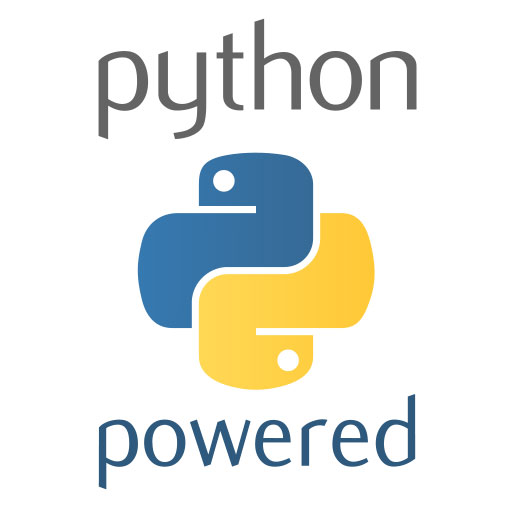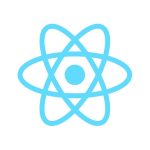What is Python?
Python is a high-level, general-purpose programming language known for its simplicity, readability, and versatility. It’s widely used in various fields, including web development, data science, machine learning, and scientific computing.
Key Features of Python
- Readability: Python’s clean syntax and emphasis on code readability make it easy to learn and understand.
- Versatility: Python can be used for a wide range of tasks, from building web applications to analyzing data.
- Large Community: Python has a vast and active community, providing extensive documentation, tutorials, and support.
- Standard Library: Python’s standard library offers a rich set of modules for tasks like file I/O, network programming, and regular expressions.
- Ecosystem: Python has a thriving ecosystem of third-party libraries and frameworks that can be used to extend its capabilities.
Why Choose Python?
- Ease of Learning: Python’s simple syntax and clear structure make it easy to learn for beginners.
- Productivity: Python’s emphasis on readability and productivity can help you write code faster and more efficiently.
- Versatility: Python can be used for a wide range of applications, making it a valuable tool for developers.
- Community: Python’s large and active community provides a wealth of resources and support.
Getting Started with Python
To get started with Python, you’ll need to download and install the Python interpreter from the official website. Once installed, you can write and run Python code using a text editor or an integrated development environment (IDE).
Conclusion
Python is a powerful and versatile programming language that can be used for a wide range of tasks. Its simplicity, readability, and large community make it a popular choice among developers. If you’re looking to learn a new programming language, Python is a great option to consider.





